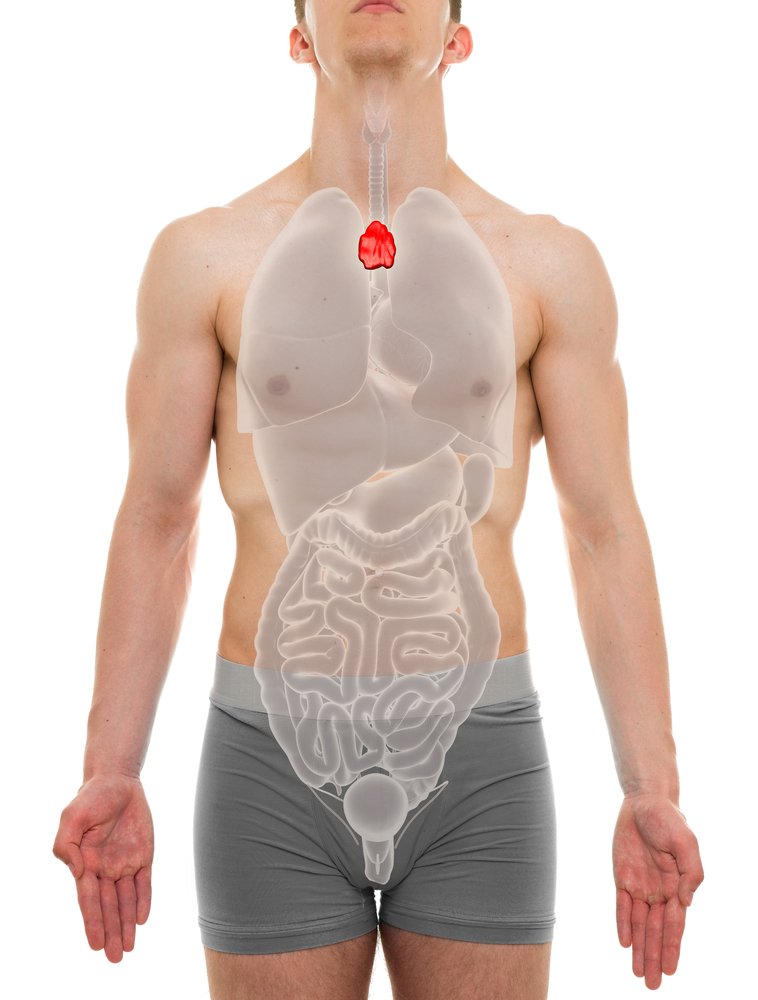Successful Thymus Tumor Surgery in Myasthenia Gravis Patient with Respiratory Distress Reported in Case Study
Written by |

Careful patient assessment and planning prior to surgery was needed to successfully remove a tumor from the thymus of a myasthenia gravis patient with a recent history of adult respiratory distress syndrome, researchers in Greece reported.
Their case study, “Thymectomy in a patient with thymoma -related myasthenia Gravis and recent recovery from adult respiratory distress syndrome,” appeared in The Greek E-Journal of Perioperative Medicine.
Between 30 and 50% of thymoma patients — a tumor in the thymus gland — are also diagnosed with myasthenia gravis.
Surgery to remove the complete tumor, called a thymectomy, is the preferred treatment for these patients. But special attention is required to avoid respiratory complications.
This case study detailed a 41 year-old man with myasthenia gravis and thymoma, who was scheduled for a thymectomy but developed pneumonia 10 months prior to the procedure. His pneumonia progressed to adult respiratory distress syndrome (ARDS), a life-threatening condition characterized by severely inflamed lungs.
The patient was unresponsive to conventional mechanical ventilation, and was placed on a lung assist device called NovaLung to manage his ARDS.
The NovaLung works as a “lung,” breathing for the patient mainly by removing carbon dioxide from circulation. Blood is pumped from the heart directly into the NovaLung device, where the gas exchange – oxygen in, carbon dioxide out – takes place. The device is connected to the patient’s blood circulation via a cannula (a tube).
In these patients, intravenous anesthesia technique and muscle relaxants given via infusion require special attention.
The researchers reported that their management strategies to overcome these difficulties included: careful assessment of respiratory function – they assessed a series of parameters, including inspiratory capacity, single breath carbon monoxide diffusing capacity, and the six-minute walk test, among others; they avoided pre-surgical medications, instead favoring short-acting anesthetic agents.
They used a neuromuscular-blocking agent during the surgery to facilitate tracheal intubation. A close monitoring scheme was maintained during the operation and for the next 24 hours.
This management strategy “contributed significantly to successful outcome. It is encouraging that our patient with the coexistence of ARDS and thymoma with MG [myasthenia gravis], had an uncomplicated thymectomy,” the researchers concluded.






Leave a comment
Fill in the required fields to post. Your email address will not be published.